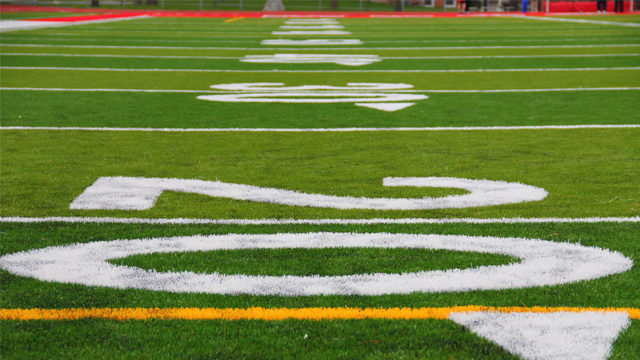There has been recent concern that artificial turf contains harmful chemicals that may pose potential health risks. KQED asked students this question: Should we continue to install artificial surfaces and turf, knowing potential dangers and health risks, or should we use natural grass? You can read more about it in the Do Now entitled, Should We Install Fields of Artificial or Natural Turf?
[media-credit id=9606 align="aligncenter" width="245"] [/media-credit]
[/media-credit]
Julianna Cecere is a Digital Media intern for KQED Education. We asked her to weigh in on the recent #DoNowUTurf post.
There has been a lot of buzz around the claim that artificial or synthetic turf contains harmful chemicals. Many people are concerned that these chemicals can pose long term health risks such as cancer. Turf is composed of “crumb rubber,” a substance made from chopping old recycled tires into thousands of tiny pieces. The crumb rubber used in turf is suspected to carry carcinogens such as lead and mercury. It is scary to think that the turf that people are playing on can potentially cause cancer. However, the fact of the matter is that there is not enough research to confirm or deny such claims.
There has been recent study where the Consumer Product Safety Commission conducted a test on artificial surfaces to address such concerns. The studies showed that although artificial turf contains amounts of lead, it is not enough to be harmful to humans. There has yet to be released research testing the presence of other chemicals. There is no research that confirms that artificial turf is harmful to humans, or that it may lead to health risks.
